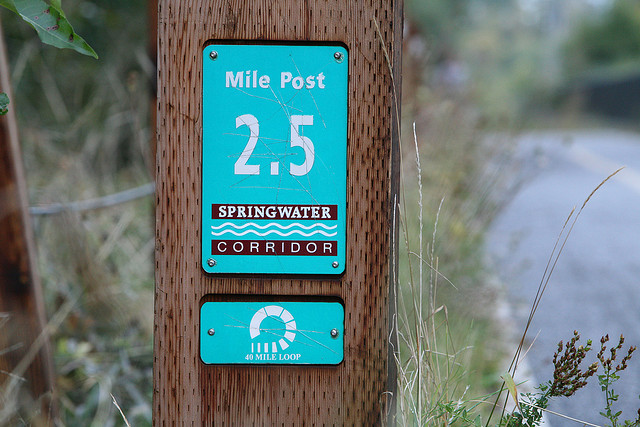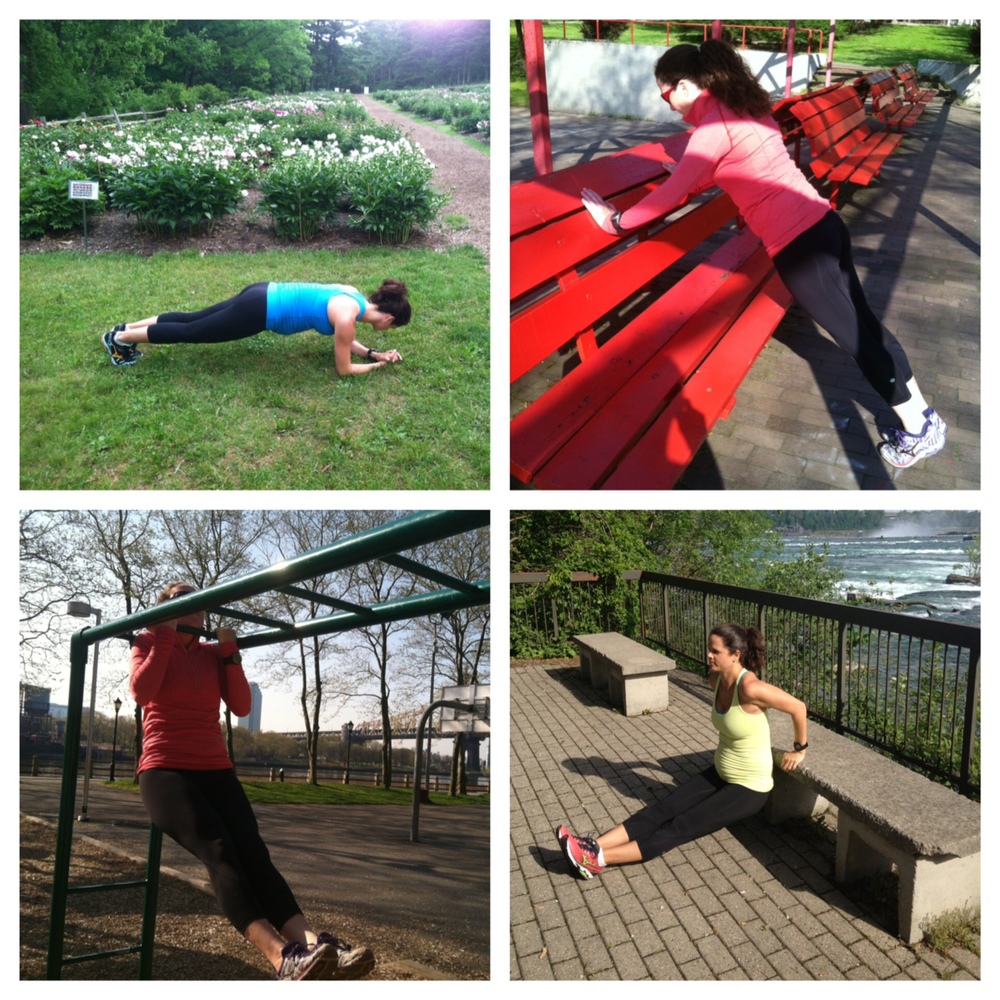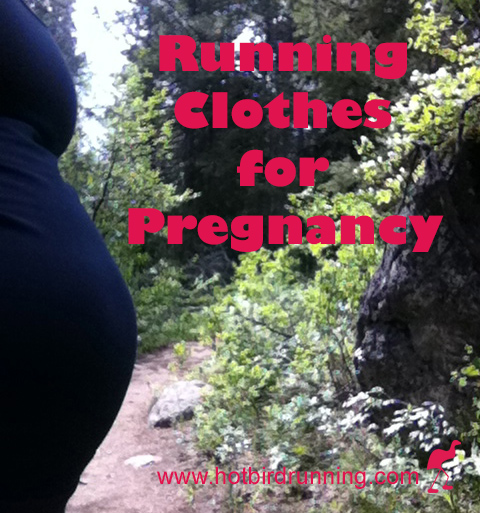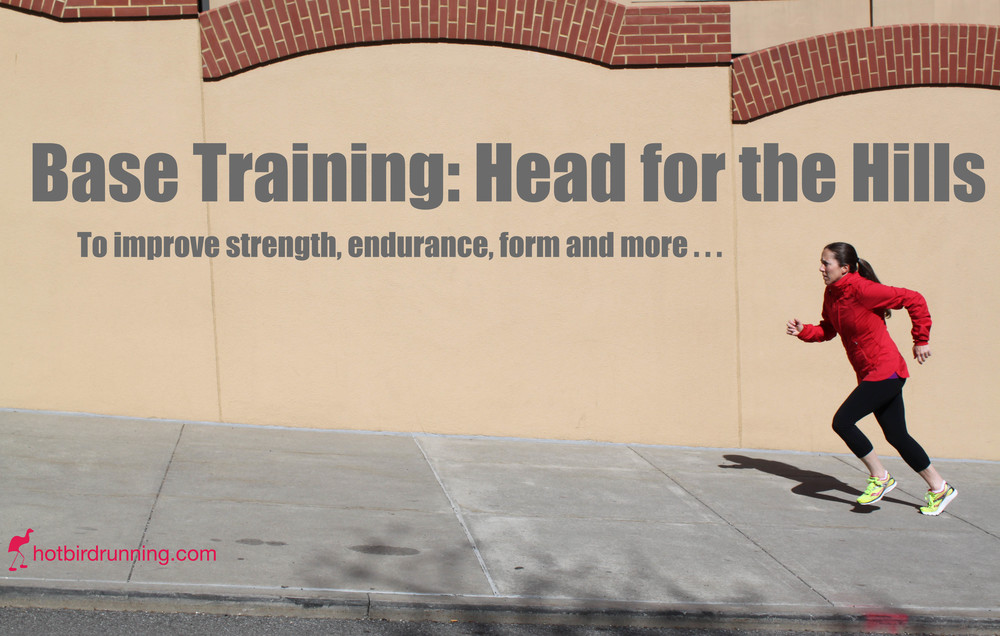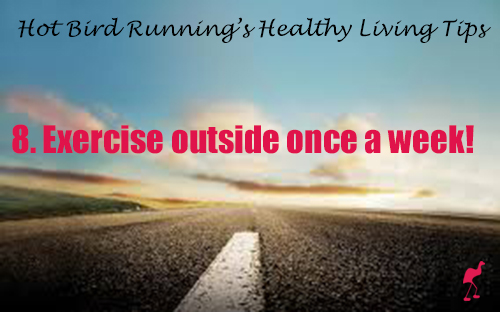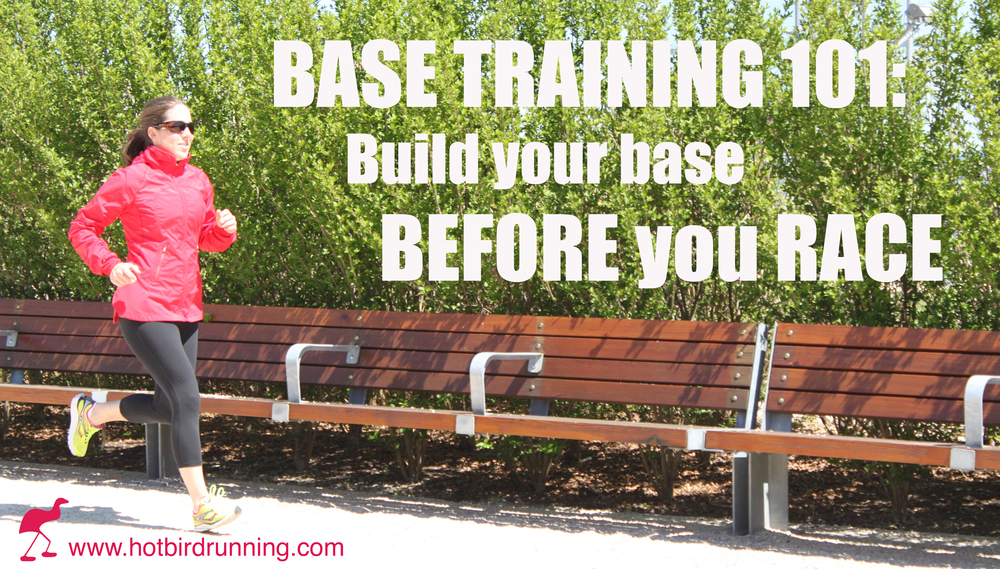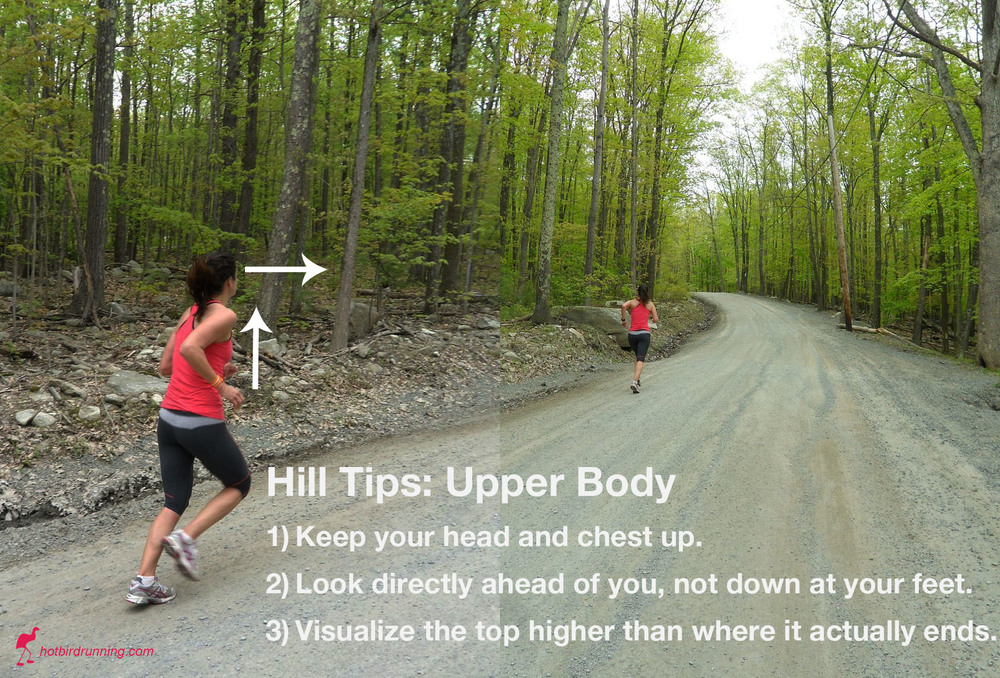by Jessica Green The 2014 Portland Marathon is this weekend which means one Hot Bird is getting ready to race while the other is setting up her cheer strategy. The other day, a friend asked me, "What can I do for [our friend]" who is running the marathon this weekend? That same day, a client told me about how excited she is for her family to be able to come out and support her on race day. Both of these comments got me thinking about how to be the best supporter to those who are giving it their all on race day. Here's what I came up with.
The 2014 Portland Marathon is this weekend which means one Hot Bird is getting ready to race while the other is setting up her cheer strategy. The other day, a friend asked me, "What can I do for [our friend]" who is running the marathon this weekend? That same day, a client told me about how excited she is for her family to be able to come out and support her on race day. Both of these comments got me thinking about how to be the best supporter to those who are giving it their all on race day. Here's what I came up with.
Rule #1. Respect the effort. Acknowledge the upcoming race and how much effort your friend or family member has put in for many months for this one particular day. Runners want/NEED to get excited for their race day and what better way to do than by hearing how excited someone else is for them.
Rule #2. Show up and cheer your heart out! This is so incredibly valuable to runners. There is nothing like knowing your friend or family is waiting for you at mile 19 to help get you through earlier troublesome miles. Bottom line, your cheering makes a HUGE difference.
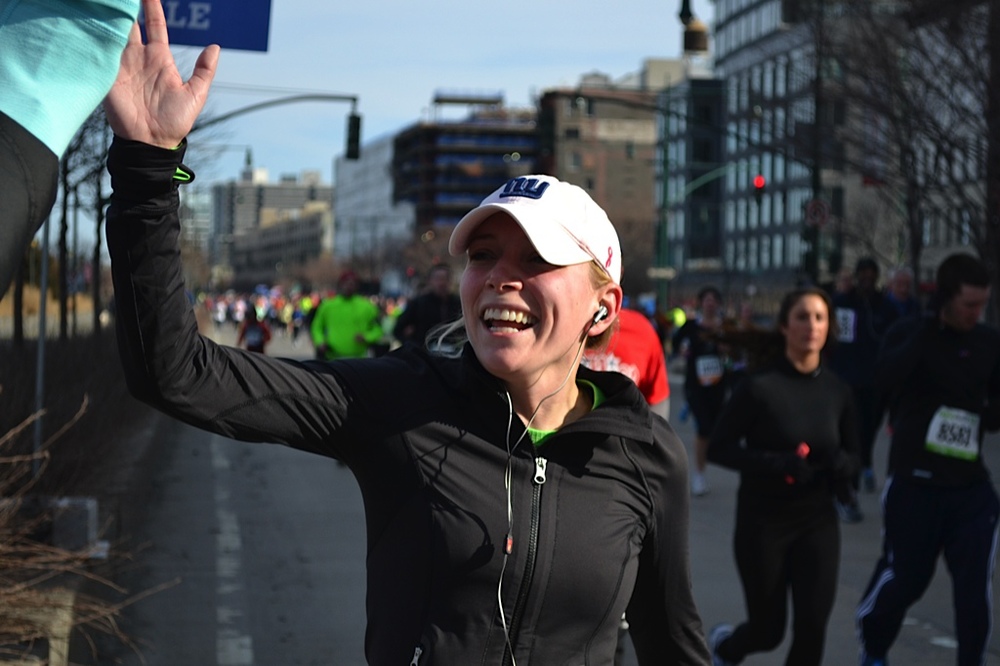
Rule #3. If you said you are going to be cheering, don't you dare flake. There's nothing worse than planning to see someone at a certain point in the race and them not being there because, oops, they didn't realize you were counting on them.
Rule #4. Communicate ahead of time where you will be. This includes a specific point on the course and a specific side of the course. Most likely, it's the runner that will find you if it's a crowded race, so they need to know where to look.
Rule #5. Cheer for everyone. Your runner isn't the only person running that day. Since you're already out there, go ahead and cheer everyone else on. We don't care that we don't know you, we just love to hear you cheer. It gets us fired up!
Rule #6. Flair is fun. The Hot Birds LOVE their signs. For bonus points, make one sign for everyone and for your runner(s). You can always reuse them too.

Rule #7. Avoid the crowds. Some of the hardest miles in longer races are the ones with the least amount of spectators along the course. These places might be a little bit harder to get to, but it's worth the effort for your runner. The other option is to park yourself somewhere in the second half of the race when your runner might need your support the most. For half marathons, we love mile 10. For marathons, mile 19 or 20 is good.
Rule #8. Avoid saying "you're almost there" or telling runners how much further they have to go. We know exactly how far we have left and it might not feel like we are almost there even if there's only 1 mile left. Instead, just tell us to crush it or that we're looking good.
Rule #9. Check for road closures. Make sure your spectating plan isn't spoiled by unforseen road closures. Check the race website the day before for road closure information and plan accordingly. Also, plan to arrive well ahead of your runner, so you don't miss them!
Rule #10. Congratulate your runner. Regardless of the outcome, your runner trained hard, showed up on race day and hopefully crossed the finish line. They want to talk about it. Let them. Congratulate them even if you couldn't attend the race.

For all you runners out there, don't forget to thank everyone around you for supporting you through your training and on race day.


